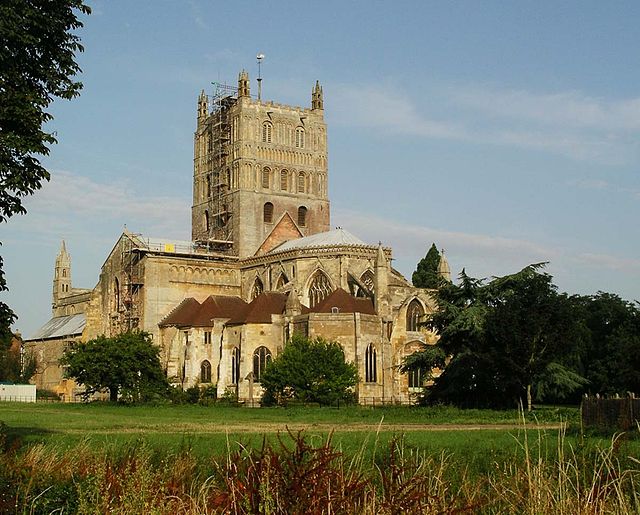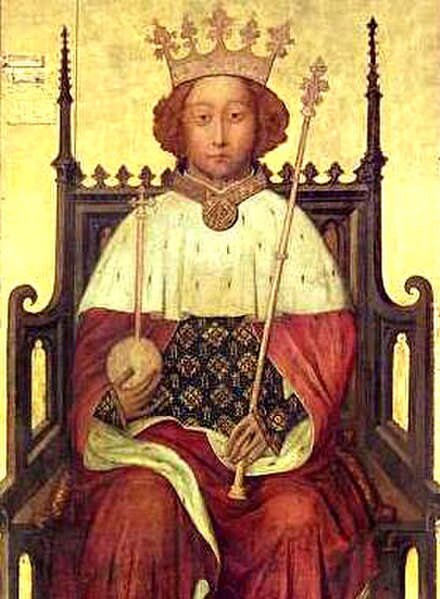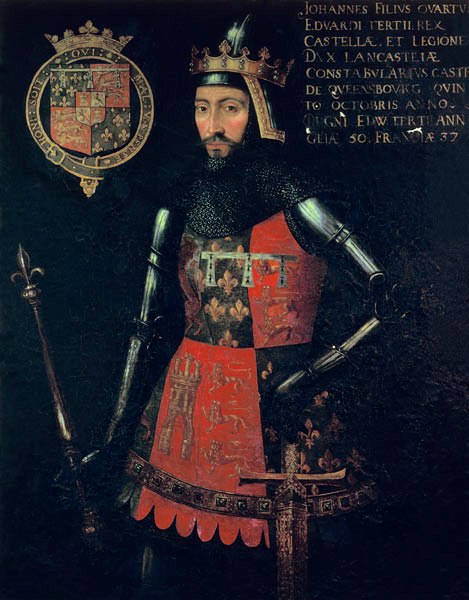The Battle of Tewkesbury, which took place on 4 May 1471, was one of the most decisive battles of the Wars of the Roses in England.
The battle depicted in a Ghent manuscript
Tewkesbury Abbey in Gloucestershire
Painting by Richard Burchett, entitled Sanctuary, or Edward IV Withheld by Ecclesiastics from Pursuing Lancastrian Fugitives into a Church, 1867, in the Guildhall Art Gallery, London
The execution of the Duke of Somerset after the battle
The Wars of the Roses, known at the time and in following centuries as the Civil Wars, were a series of civil wars fought over control of the English throne from 1455 to 1487. The wars were fought between supporters of the House of Lancaster and House of York, two rival cadet branches of the royal House of Plantagenet. The conflict resulted in the end of Lancaster's male line in 1471, enabling the Tudor family to inherit their claim to the throne through the female line. Conflict was largely brought to an end upon the union of the two houses through marriage, creating the Tudor dynasty that would subsequently rule England.
Miniature of the Battle of Tewkesbury, late 15th century
Edward III was the father of five dukes: Edward (Cornwall), Lionel (Clarence), John (Lancaster), Edmund (York), and Thomas (Gloucester).
Richard II was a child-king who succeeded his grandfather Edward III shortly after the death of his father, Edward the Black Prince.
John of Gaunt, founder of the House of Lancaster







